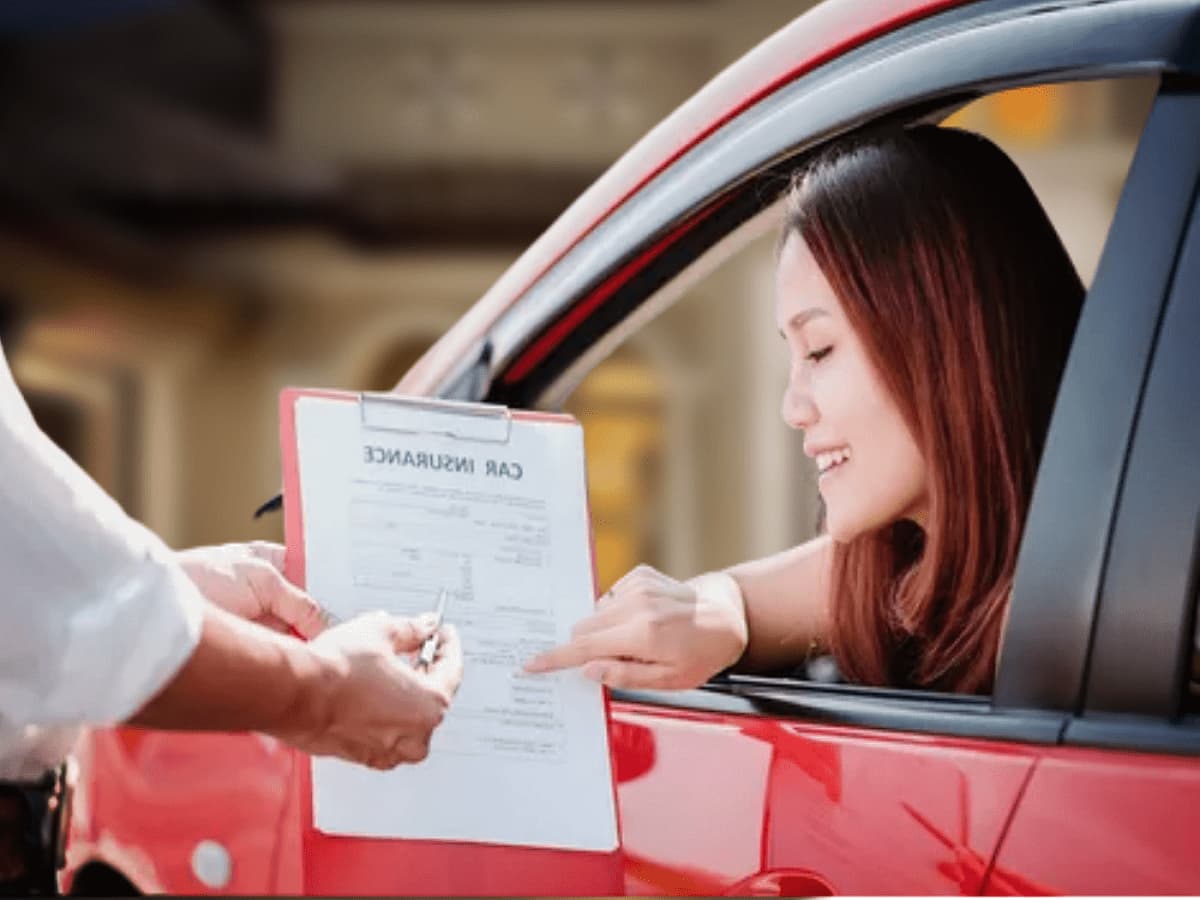Understand the basics of auto insurance
Car insurance is a contract between you and an insurance company that helps protect you financially in the event of an accident. There are several types of auto insurance coverage, each with different benefits. Some states require certain types of coverage, while others have minimum coverage requirements.
The main types of auto insurance coverage are:
1. Liability coverage
Liability insurance covers damage you may cause to another driver's vehicle or property, or injuries they may suffer, in the event of an accident in which you are found to be at fault.
Liability insurance is one of the most basic types of auto insurance and is often required by law in most states. It provides cover for any damage or injury you may cause to another driver, their passengers, or their property in an accident in which you are found to be at fault. Coverage is usually divided into two parts: liability for bodily injury and liability for property damage.
Bodily injury liability coverage helps pay for the medical expenses and lost wages of any person(s) you may have been injured in an accident found to be at fault.
Property damage liability coverage helps pay for any damage to someone else's property (such as their car) that you may have caused in an accident in which you are found to be at fault.
Liability coverage usually comes with a certain limit, which is the maximum amount the insurance company will pay for a claim. The most common limit is the prorated limit which is usually written like 30/60/25, meaning $30,000 per person for bodily injury, $60,000 total per accident, and $25,000 for property damage.
2. Collision coverage
Collision coverage helps pay for damages to your vehicle in the event of an accident, regardless of who is at fault.
Collision coverage is an optional type of auto insurance coverage that can help pay for damages to your car in the event of an accident, regardless of who is at fault.
With collision coverage, if you are involved in an accident, your insurance company will help pay for the repair or replacement of your car, up to the actual cash value of the car, as long as you pay the deductible. The deductible is the amount of money you will have to pay out of pocket before your insurance company can start covering the rest of the cost.
Collision coverage can be especially useful if you have a newer car or a car that is still financed and you want to protect the car itself, regardless of who was responsible for the accident. Even if the accident was your fault, your insurance company will still cover damage to your car, less your deductible.
It is important to note that collision coverage does not cover any injury or death to yourself or others, so you will have to obtain liability coverage or additional coverage such as personal injury protection.
3. Comprehensive coverage
Comprehensive coverage helps pay for damages to your vehicle caused by things like theft, vandalism, or natural disasters. Personal Injury Protection (PIP) Coverage: PIP coverage helps pay for medical expenses, lost wages, and other costs related to injuries to you or your passengers in an accident.
Comprehensive coverage is another optional type of auto insurance coverage that can help pay for damages to your car caused by non-collision events. Some examples include theft, vandalism, natural disasters, or damage from falling objects.
Comprehensive coverage can help pay for the cost of repairing or replacing your car, less than the deductible you choose. Similar to collision coverage, having a higher deductible will lower your premium and vice versa.
Personal injury protection (PIP) coverage, also known as "no-fault coverage," is another optional type of auto insurance coverage that can help pay for medical expenses, lost wages, and other costs related to injuries to you or your passengers. In an accident, no matter who is at fault. It is especially useful if you live in a state that does not require liability coverage or has low limits on liability coverage. A PIP will typically cover medical expenses, lost wages, rehabilitation,
and other expenses that may arise due to an accident.
It is important to note that while blanket law and PIP are not always required by law, the lending institution may require them if you finance your car. And in some states, it's only available as additional coverage. It is always recommended to check your state's regulations and review your personal needs to determine the right coverage for you.
4. Personal Injury Protection Coverage (PIP)
PIP coverage helps pay for medical expenses, lost wages, and other costs related to injuries you or your passengers sustain in an accident.
Personal injury protection (PIP) coverage, also known as no-fault coverage, is an optional type of auto insurance coverage that can help pay for medical expenses, lost wages, and other costs related to injuries to you or your passengers in Accident, no matter who is at fault. A PIP will typically cover medical expenses, lost wages, rehabilitation, and other expenses that may arise due to an accident.
PIP coverage can help cover medical costs such as hospital stays, doctor visits, x-rays, physical therapy, and more. It can also help cover lost wages if you are unable to work due to your injuries, and it can also cover other expenses, such as transportation to and from medical appointments.
It is important to note that PIP coverage is not available in all states, nor is it required by all states, but it is coverage that the lending institution may require if you finance your car. Some states that have this coverage as a requirement are no-fault states, where PIP is mandatory. Other countries offer it as an option. You should check with your state's insurance department or with your insurance agent to see if a PIP is available and if it is required.
5. Uninsured Driver Coverage
Uninsured driver coverage helps pay out if you are involved in an accident with someone who does not have insurance or does not have enough insurance to cover the damages.
Uninsured driver (UM) coverage is an optional type of auto insurance coverage that can help pay for damages if you're in an accident with someone who doesn't have insurance or doesn't have enough insurance to cover the damages. This type of coverage can have two separate parts: Uninsured Driver Bodily Injury (UMBI) and Uninsured Driver Property Damage (UMPD).
An Uninsured Driver Bodily Injury (UMBI) will help pay for medical expenses, lost wages and other costs related to injuries you or your passengers sustain in an accident caused by an uninsured or uninsured driver.
Uninsured Driver Property Damage (UMPD) will help pay for the repair or replacement of your vehicle in the event of an accident caused by an uninsured or underinsured driver.
It is important to note that UM coverage is not available in all states and is not required by all states, and in some states, it only covers injuries and not property damage. It may also be requested by the lending institution if you finance your car. It is always recommended to check your state's regulations and review your personal needs to determine if this coverage is necessary for you and how much you might need.


